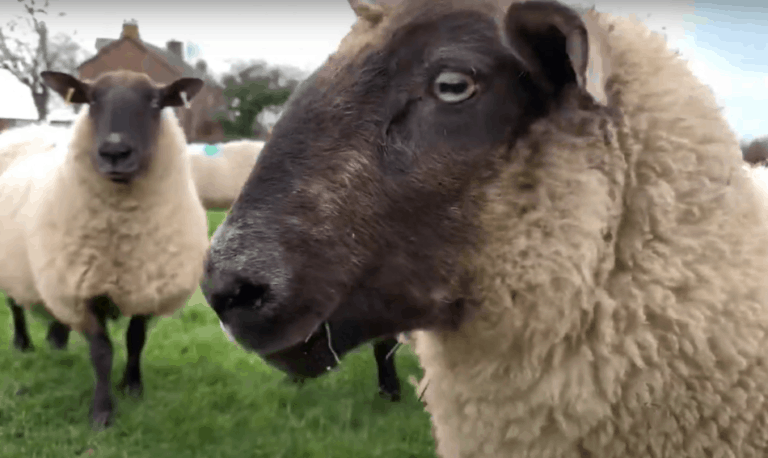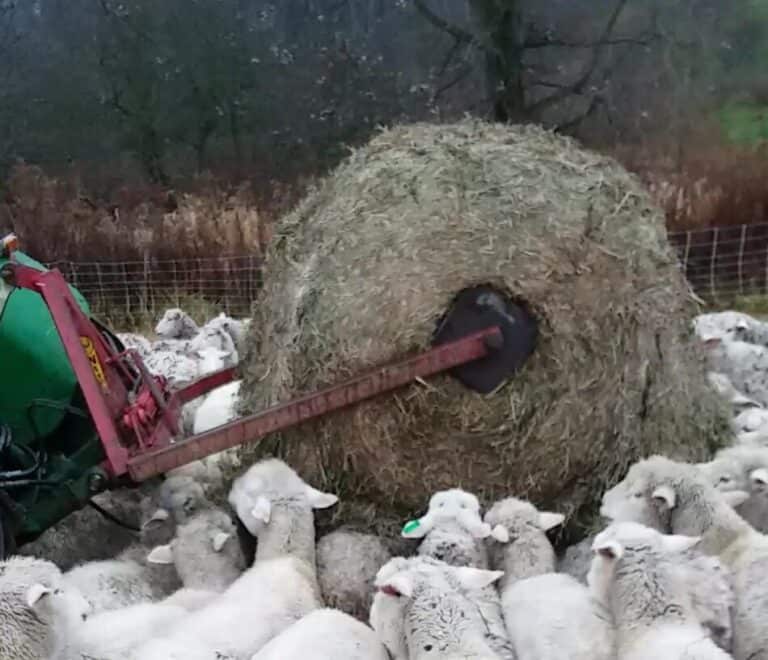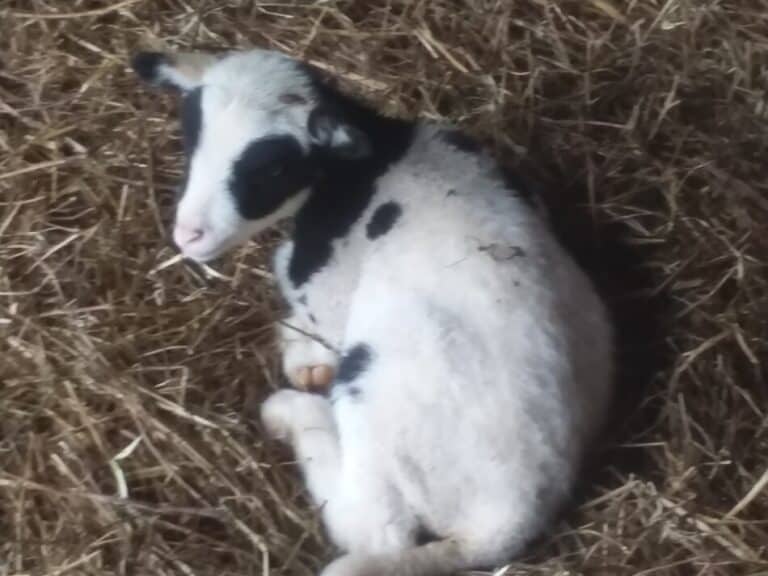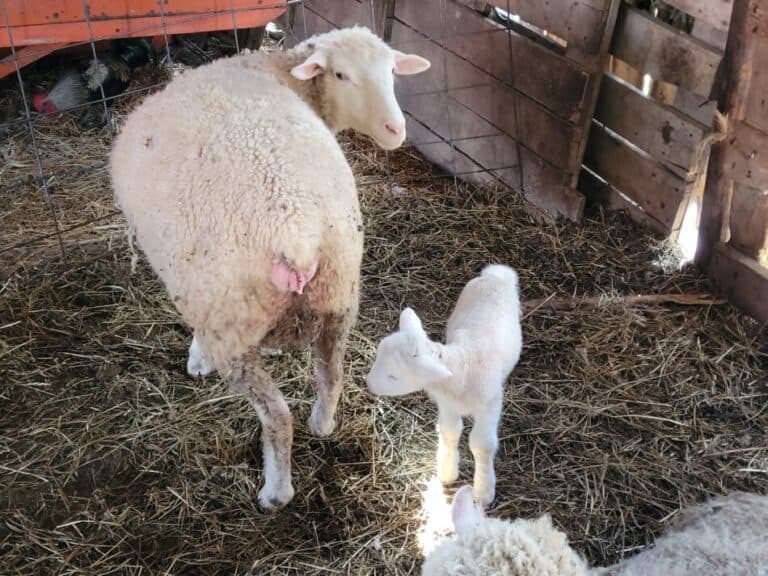Do Lambs Need To Be Sheared?
The adult sheep in the flock need to be shorn every year, but lambs don’t have all that much wool to worry about for most of their first year.
Yet, as the lambs grow so does their fleece, which will eventually need sheared. When and why would lambs need to be sheared, as well?
Most lambs are sold before they need to be sheared. The only lambs that would need shearing are replacements, long wool breeds and market lambs with dirty belly wool.
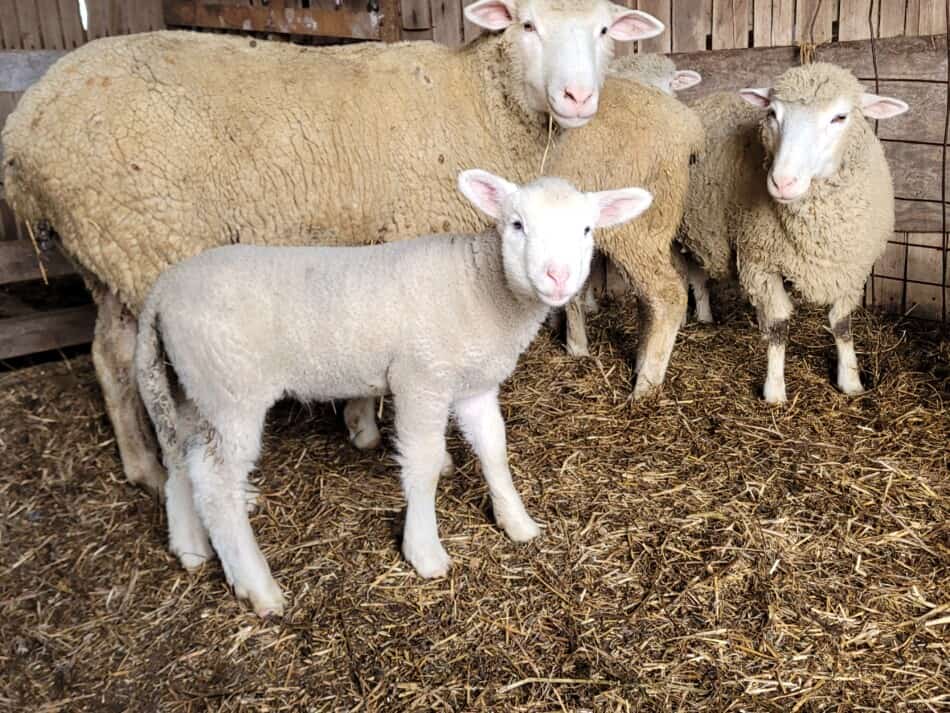
Most lambs do not need to be sheared
Most lambs, meaning sheep that are under one year of age, do not need to be sheared. For the most part, by the time the lamb is sold, it’s wool is not long enough to require shearing.
There are a few exceptions to this, mainly dirty market lambs, long wool breeds and lambs that are kept as replacement stock.
How Old Do Lambs Need To Be To Wean? is an article I wrote to help you get your lambs ready to wean.
Market lambs that are dirty may need shorn
If the lambs that are being sold are overly dirty, they may need to be shorn or at least belly shorn before being sold. This is common in the U.K., but not so common here, at least in our area (Ohio).
Normally, if shearing is going to be required the auction will have a shearer on site and the shearing charge will be taken out of your check.
Some dirt is acceptable, sheep are kept outside, after all, but there comes a certain time of year when the auction requires that the dirty belly wool be removed from the market animals.
Up until then, belly shearing is optional.
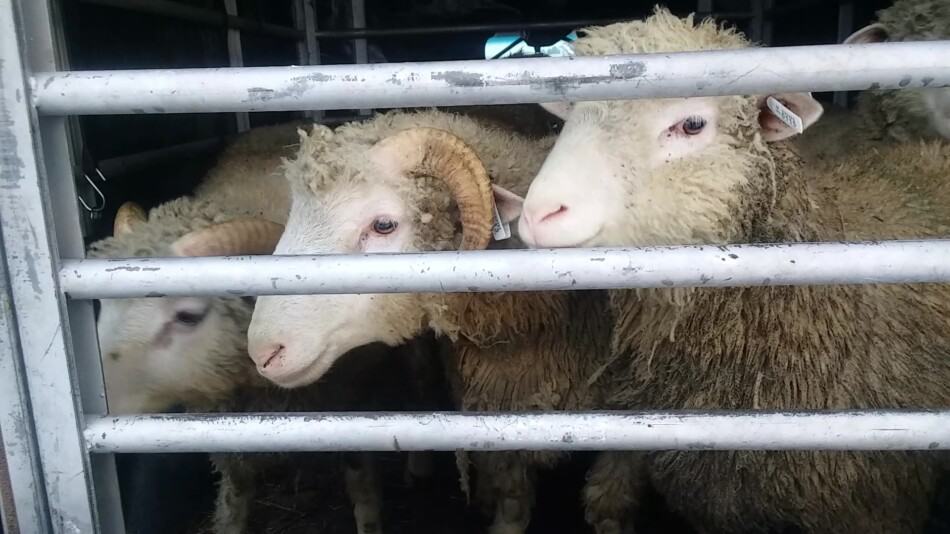
Replacement stock needs to be shorn
Replacement lambs are lambs that are being kept on the farm or ranch to use as part of the breeding flock.
Since sheep are technically lambs until they are one year old, any replacement stock that is under one year of age when you shear, will be shorn as a lamb.
We shear our sheep in the first part of April, since lambing starts May 1st, with the first few lambs coming in late April.
Any of our lambs that are being kept back as replacement will be 11 months old at shearing, which makes them still lambs.
Long wool lambs may need shorn
Long wool sheep, breeds like Cotswold or Wensleydale, may need to have the lambs shorn, even though the lambs are under a year old.
Why? Long wool sheep grow a tremendous amount of wool per year, in some breeds the wool growth is more than 12 inches!
Not only is that is a ton of weight to cart around for the sheep, it’s also a lot of length to keep useable for handspinners and wool crafters, which are normally the end users of long wool fleeces.
By cutting this fleece twice per year, the wool is still long, 6 inches or so, and the chances of things like felting on the sheep is less likely so the quality to the customer remains high.
Long wool fleeces are popular with handspinners and other folks using wool for crafts, like for Santa beards or doll hair. The most desirable parts of these fleeces are priced by the ounce and sell well.
But…this high price and high demand is only for the fleeces that are well taken care of. To get the full value of the wool, the fleece must be in top shape, which means no breaks or felting.
To get the wool to the folks who are ordering it, most of these lambs, as well as adult sheep, will need to be shorn twice per year, so keep wool quality high.
The other aspect to shearing the long wool lambs is that the fleece on lambs is usually a finer than that of the adults, which can be more valuable per ounce, and it gives the farm another fiber product to sell.
Shearing to increase market lamb growth
A Welsh sheep farmer has data to prove that shearing his lambs increases market lamb gains by 20g per day per head (1.3 pounds in 30 days) in the shorn lambs as compared to the unshorn lambs.
The reason this is significant is that these sheep will be shorn, at least belly shorn, immediately before the sale which is auction policy.
Rather than shearing on sale day this farm shears earlier and gets the benefits from the shearing in additional growth on the farm.
In our area, Ohio, shearing dirty bellies or backsides immediately before selling the lambs is not a common practice, so we do not normally shear market lambs.
If we were going to need to shear them anyway in order to run them through the auction barn, it makes sense to shear when it would benefit us the most since we would pay for the shearing either way.
Other lamb articles you may be interested in:
Resources:
How shearing lambs can improve growth and reduce labour–Farmers Weekly is the source article for the farm that shears lambs and gets the 20g per day additional gain per lamb.
